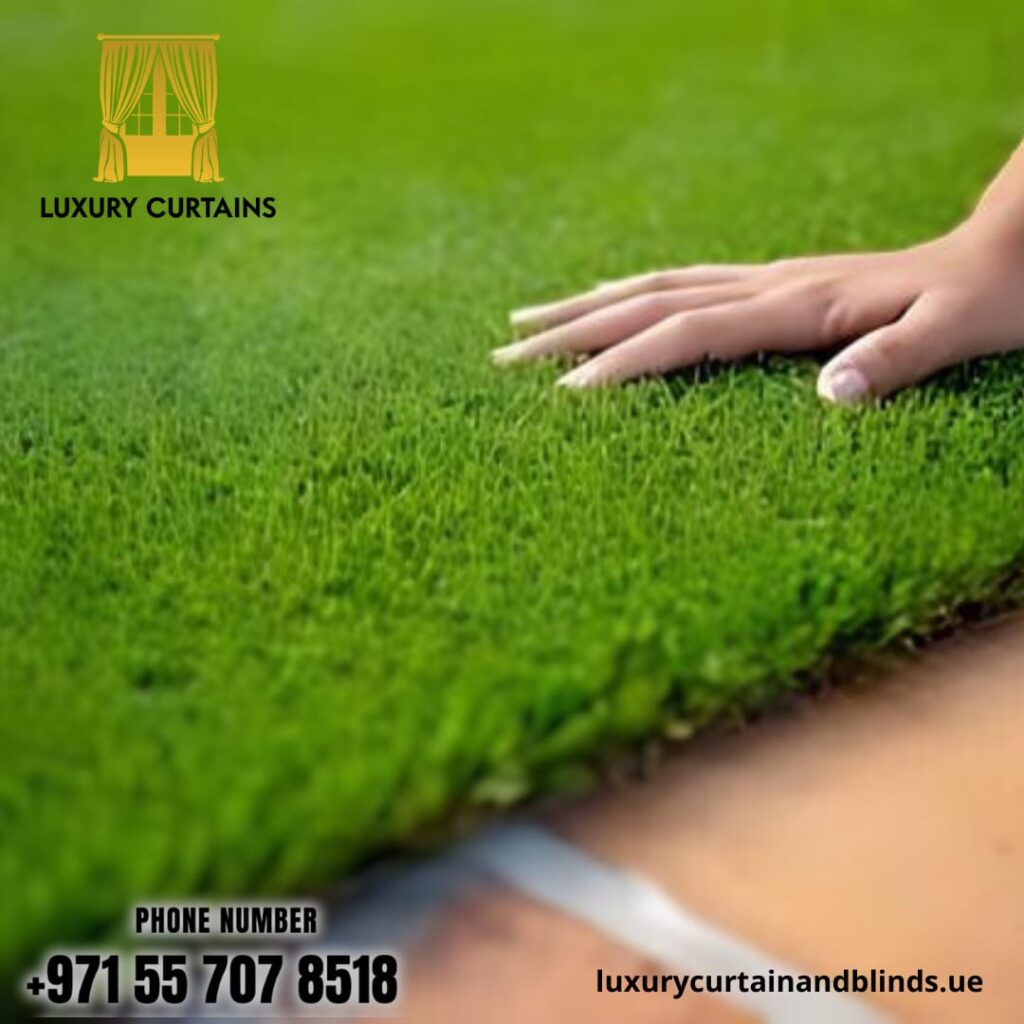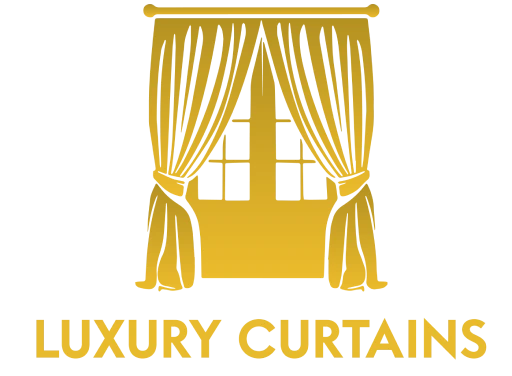
A Comprehensive Overview
Grass carpet, also known as artificial turf or synthetic grass, is a popular alternative to natural grass for various applications, including residential and commercial landscaping, sports fields, and indoor spaces. In this essay, we will explore the history, benefits, and applications of grass carpet, as well as its environmental impact and maintenance requirements.
The History of Grass Carpet
The concept of artificial turf dates back to the 1960s when the first synthetic grass was installed at the Houston Astrodome. Initially used for sports fields, its popularity soon expanded to residential and commercial landscaping. Today, grass carpet is widely accepted as an alternative to natural grass.
Benefits of Grass Carpet
Grass carpet offers several advantages over natural grass and others:
Low Maintenance: Grass carpet requires minimal upkeep, eliminating the need for watering, mowing, and fertilizing.
Durability: Grass carpet can withstand heavy foot traffic and harsh weather conditions, making it ideal for high-usage areas.
Versatility: Grass carpet can be installed indoors and outdoors, on rooftops, and even in areas with poor soil quality.
Cost-effectiveness: Grass carpet eliminates the need for regular lawn care, saving time and money.
Aesthetics: Grass carpet offers a natural appearance and feel, enhancing the beauty of outdoor spaces.
Applications of Grass Carpet
Grass carpet is suitable for various applications:
Residential Landscaping: Perfect for lawns, backyards, and outdoor living spaces.
Commercial Landscaping: Ideal for office buildings, shopping centers, and public spaces.
Sports Fields: Used for soccer, football, rugby, and other sports that require a durable and low-maintenance surface.
Indoor Spaces: Installed in homes, offices, and public buildings for aesthetic and functional purposes.
Rooftop Installations: Provides insulation, reduces noise pollution, and creates a natural oasis in urban areas.
Environmental Impact of Grass Carpet
While grass carpet offers several benefits, its environmental impact is a concern. The production process requires significant resources and energy, and the materials used may not be eco-friendly. However, many manufacturers are now using recycled materials and sustainable production methods to minimize the environmental footprint.
Maintenance Requirements
Grass carpet requires minimal maintenance, but regular cleaning and upkeep are necessary to extend its lifespan.
Conclusion
Grass carpet is a versatile and practical alternative to natural grass, offering numerous benefits and applications. Its low maintenance requirements, durability, and cost-effectiveness make it an attractive option for residential and commercial landscaping, sports fields, and indoor spaces. While its environmental impact is a concern, manufacturers are working to minimize its ecological footprint. With proper maintenance, grass carpet can provide a natural and aesthetically pleasing surface for years to come.


